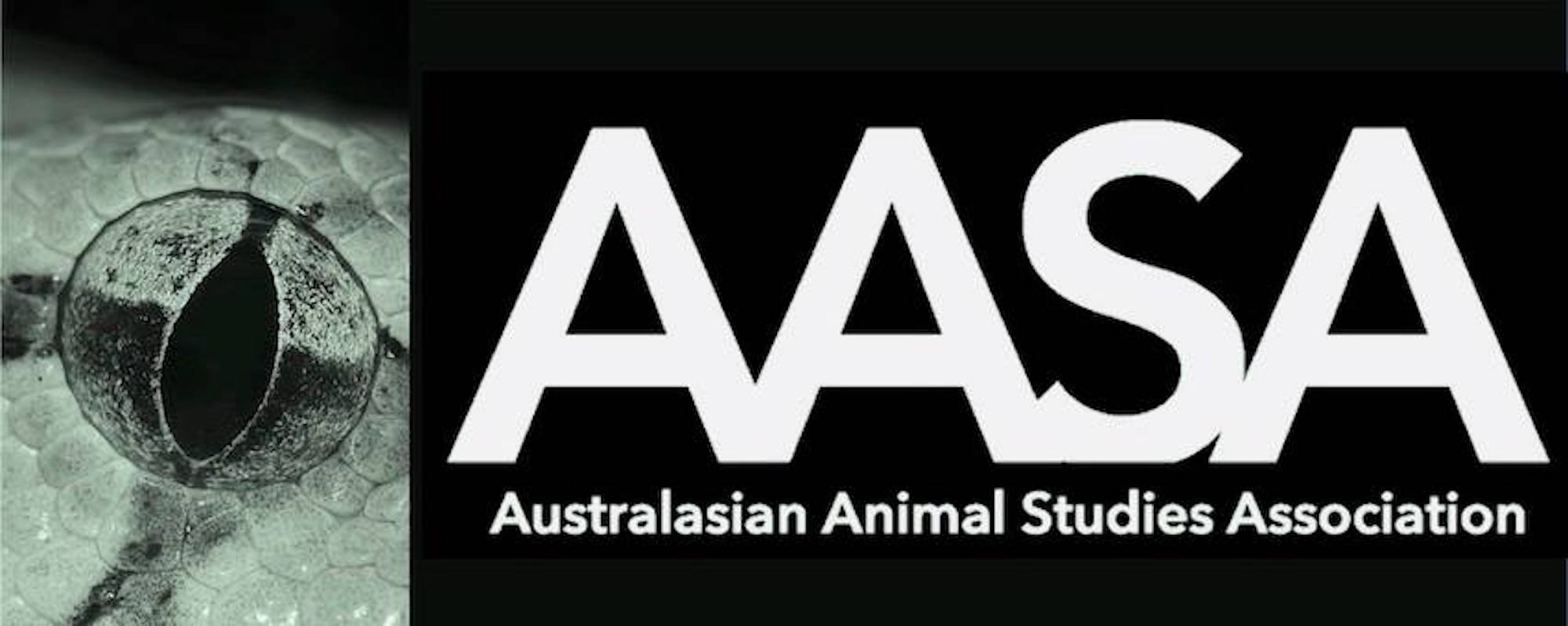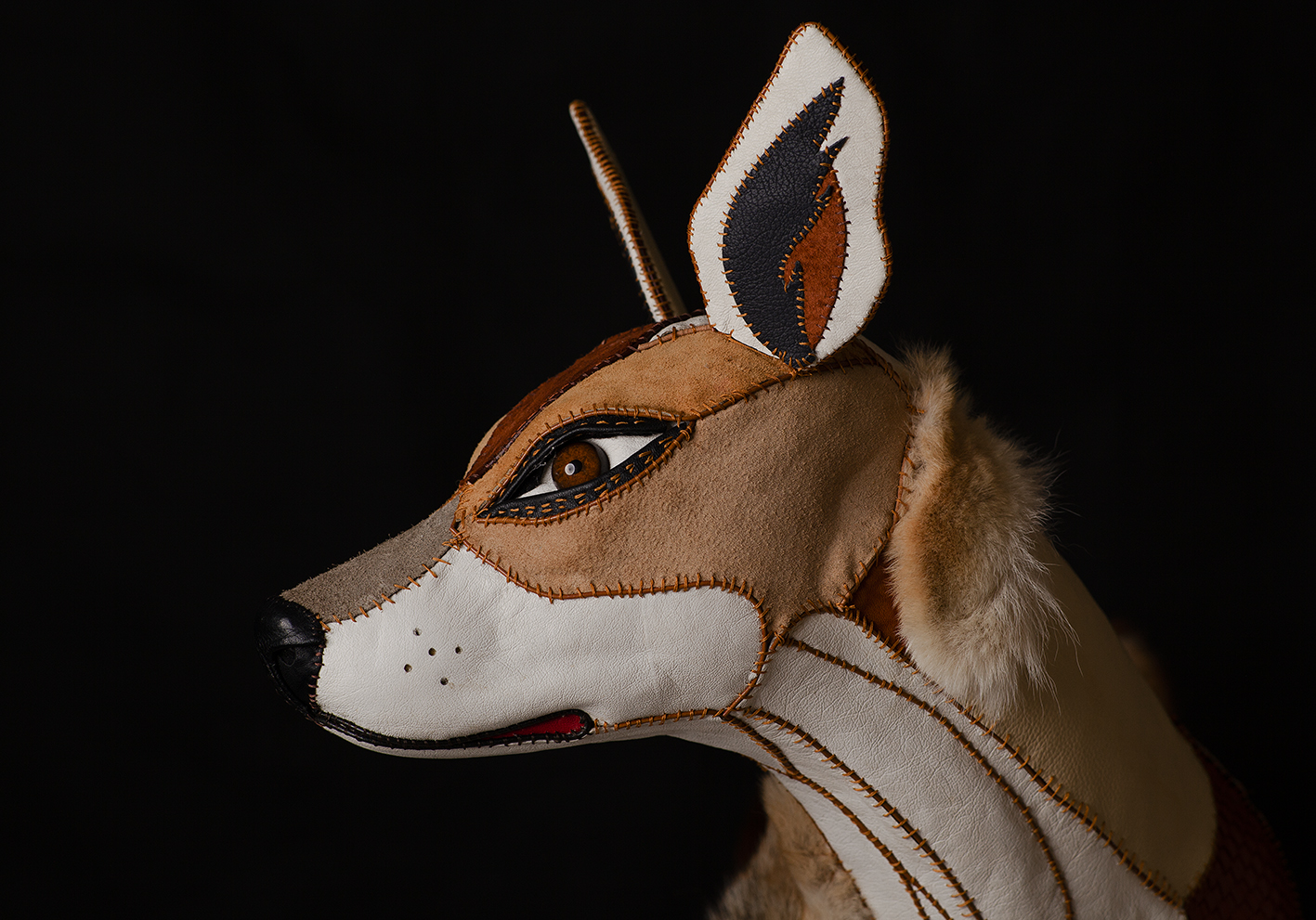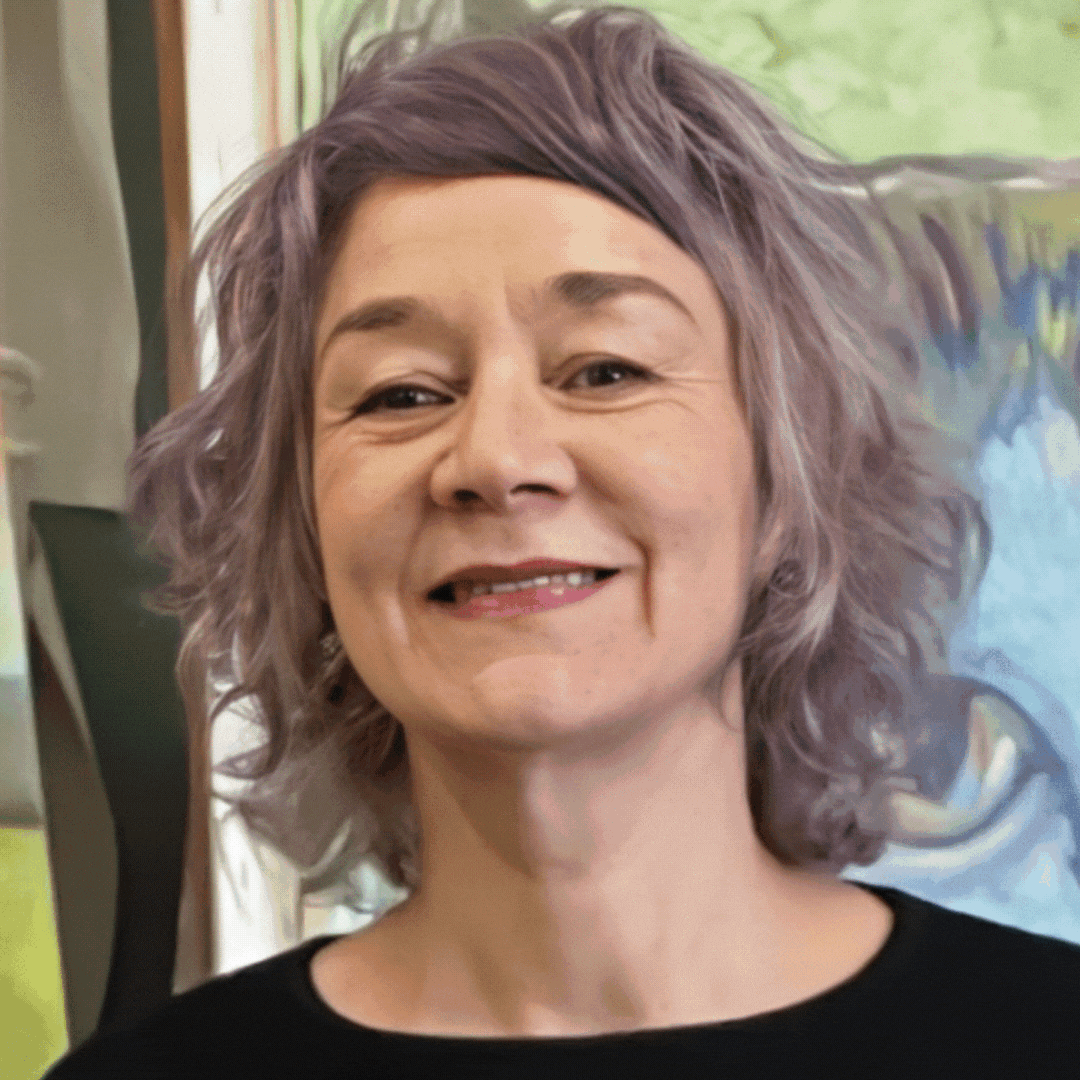Debra Merskin is professor of media studies in the School of Journalism and Communication at the University of Oregon, US. Her research focuses on how the media and popular press represent nonhuman animals, resulting in species stereotypes, and how these portrayals affect the lived experiences of real animals.

Sheep, for instance. Let’s start with sheep, a rather iconic animal, here in Australia and in the human psyche more broadly, mostly for all the wrong reasons. Earlier this year Dr Merskin published a review paper co-authored with Lori Marino about sheep cognition, psychology, sociality and other aspects of ovine being that humans are largely ignorant about, challenging therefore humans’ perceptions and hopefully influencing their future re-presentations. Such re-presentations – and mis-presentation – of nonhuman animals are also the focus of her recent book Seeing Species: Re-presentations of Animals in Media & Popular Culture. Can you discuss this problem, and your work, in more detail?
DM: Indeed sheep, and no doubt most species of animals-other-than-human are represented in one dimensional way in media, popular culture, language, and everyday life. This re-presenting (drawing on Stuart Hall’s theories of media as re-presentations of the real) draws upon stereotypes. Stereotypes, one dimensional over generalizations of people, places, and things, treat all members of groups as being the same. Stereotypes reduce our conceptions of animals to one-dimensional being, depending on how we want to use them. For example, thinking of a particular animal as simply meat, skin, fur, or an experimental object, is a psychological tool used to create emotional distance between other beings rather than thinking of them as complex individuals with their own preferences, families, cultures, and histories. Hence the tendency is to number (rather than to name) animals who are experimented upon or killed for human consumption.
My work takes a look at the human psychological foundations for constructing animals as Others. This builds on my more than two decades of research and teaching about the origins and uses of stereotypes of human beings that are used to differentiate and justify oppression and inequitable treatment in law, healthcare, politics, and other social arenas. Similarly, and in some very uncomfortable ways of thinking about it, animals are thus positioned as Others who are less than human in order to justify our (mis)treatment of them. In my book I look at how empathy is or isn’t taught to children, their natural relationships with animals, the cultivation of attitudes and beliefs that support and sustain the human-animal divide and then, through a series of case studies of animals such as prairie dogs, polar bears, cats, and ravens, how media and popular culture re-present them and what impact these portrayals have on their lived experiences.
Fascinating! I joined some activists once for the so-called video challenge event, which consists of trying to get people in the street to watch a brief video of animal slavery and slaughter in exchange for a small financial or food (cupcake) reward. A guy came by, he was very arrogant and was making fun of us, but eventually decided to take the challenge. After finishing watching the video he was extremely angry! Not angry at the activists, as most people’s first reaction is when you show them what’s going on out there, but angry because he couldn’t understand why he had never been made aware of this through the mainstream news channels and related journalists that he was relying upon and trusting to do just that: to provide him with important information about stuff outside his immediate, tangible environment.
It was a crude reminder that in the inundation of information and the busy-ness of life, many people’s principal source of information remains that half hour or so of evening news or the ABC’s homepage; and if something is not in the news it’s either not important, or it doesn’t exist. I believe the guy’s reaction was justifiable because people have the right to trust the media, but the media of course is not always worthy of such trust.
You have this pretty demanding task of raising new generations of journalists who will contribute substantially to the shaping of public perceptions of the world, including the nonhuman animal world. Do you want to talk about this, about your own challenges and rewards as a teacher, particularly in relation to nonhuman animals and veganism? Are your students responsive? What’s the future looking like? [Smile]
DM: What a satisfying event that must have been! We need more action like that. People who get what animals go through of course don’t want or need to see that. Those who don’t want to know won’t look or listen either. Providing incentives such as this group did is one way. The person’s anger at the media is an avenue worth pursuing. What information is hidden from people and why? I like what the film Game Changers presents – that big animal agriculture is like the tobacco companies in terms of their PR machines and generating mis-information to keep people hooked on the products, believing the discourse. The challenge is to get people to at least consider this – and importantly once their consciousness is raised, give them tools to do something about what they learn. Blackfish was really effective in this way, and I use that and other such films (The Cove, Racing Extinction) to present an issue, generate discussion, and then these documentaries provide opportunities and information to take action.
Students tend to respond like anyone and it is tricky presenting this information in a classroom where they are obligated to be there. In classes I’ve created, such as Media and Animals, Communicating Nature, and Nature and the Media,students are in a context for receiving this information. It can still be tricky, for example, while I would never force students to watch the very important documentary Earthlings, I do make it an extra credit option, and of course writing about it after. I find students are scared of the future. They know enough about what is happening, are facing debt and an uncertain job market, as well as undisputable impact of climate change that will be even more evident in their lifetimes. At the same time there are so many organizations looking for committed, passionate, compassionate individuals to work for them and I believe that working for non profit organizations is one of the most powerful ways to make a difference in the lives of animals. Often these jobs and careers aren’t at the top of the list for many educational programs (including internships) but I truly believe this is how attitudes, beliefs, and behaviors can be changed. Another important avenue is through law and legal training.
You also have a website: Animals and Media: A Style-Guide for Giving Voice to the Voiceless. Can you talk about the style guide? What is it? Who is it for? To begin with, could you perhaps explain why you chose the term voiceless?
DM: The term comes from the Society of Professional Journalists (SPJ) Code of Ethics in which members (journalists) are to ‘Seek Truth and Report It’ which includes ‘– Be vigilant and courageous about holding those with power accountable. Give voice to the voiceless.’ Of course the intent of SPJ is to think about voiceless/silenced human beings but we, my co-creator Dr Carrie Freeman of Georgia State, and I see it applying to all beings and perhaps most particularly to animals, who are the most marginalized and silenced of beings. I was inspired to create the style guide from Dr Freeman’s (2011) publication, co-authored with biologists Marc Bekoff and Sarah Bexell, ‘Giving Voice to the “voiceless”’. Their essay provides the evidence and argument of why animals and their advocates should be included and considered in stories that are about and concern them. Our style guide was an extension of this call with specific guidance and appropriate language to use when referring to animals, links to experts in many areas concerning animal representation as well as in science, and tips for advertising, public relations, film professionals as well as the general public. We are not suggesting that nonhuman animals have no voice, but that they are silenced and/or not listened to and that this matters. Thus advocates (biologists, ethologists) who best know a particular species or individual can speak for them, as in the cast of humans who are either too young to speak or declare their interests or are unable to, so nonhuman animals can also have advocates.

Ag-gag legislation: The purpose of these laws is to criminalise various activities that expose the cruel world of animal agriculture. This includes obtaining evidence but also the proliferation of such evidence, potentially impacting upon the freedom of press. Are journalists reacting? Are they even aware of it, do they see it as a threat to their freedom or is the issue still a marginal one, a taboo perhaps? I’m talking about non-vegan journalists of course…
DM: Any hinderance on freedom of speech would receive severe criticism from journalists, lawyers, and scholars. The idea is to silence whistle-blowers who reveal abuses (human and nonhuman animal) on (primarily) industrial, factory farms. The ASPCA has a good page on this; among other things it includes a list of groups that have spoken out against these laws, and the groups work in a variety of areas and represent a variety of interests, they are not all directly related to animal issues. That is encouraging. And of course, if one has nothing to hide, why hide? In many ways I think efforts to gag/silence those who report on animal agriculture has brought greater attention to these practices that typically go one in dark, hidden places. This is a terrific opportunity for individuals interested in animal welfare and advocacy to use reporting and writing skills to tell the stories of those who are unable to on their own (for the animals and the humans who work in these conditions).
Thank you, Dr Merskin.
Interview prepared by Teya Brooks Pribac


